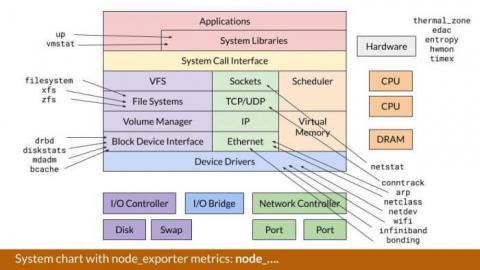REST vs. SOAP: Which is Better for Web Services?
Ask two developers whether SOAP (Simple Object Access Protocol) or REST (Representational State Transfer) is better for accessing web services and you’ll likely get two different answers – and maybe more. It’s a passionate debate, but the reality is that the best solution depends on the application. Let’s take a look at these two options and discuss the main pros and cons.











